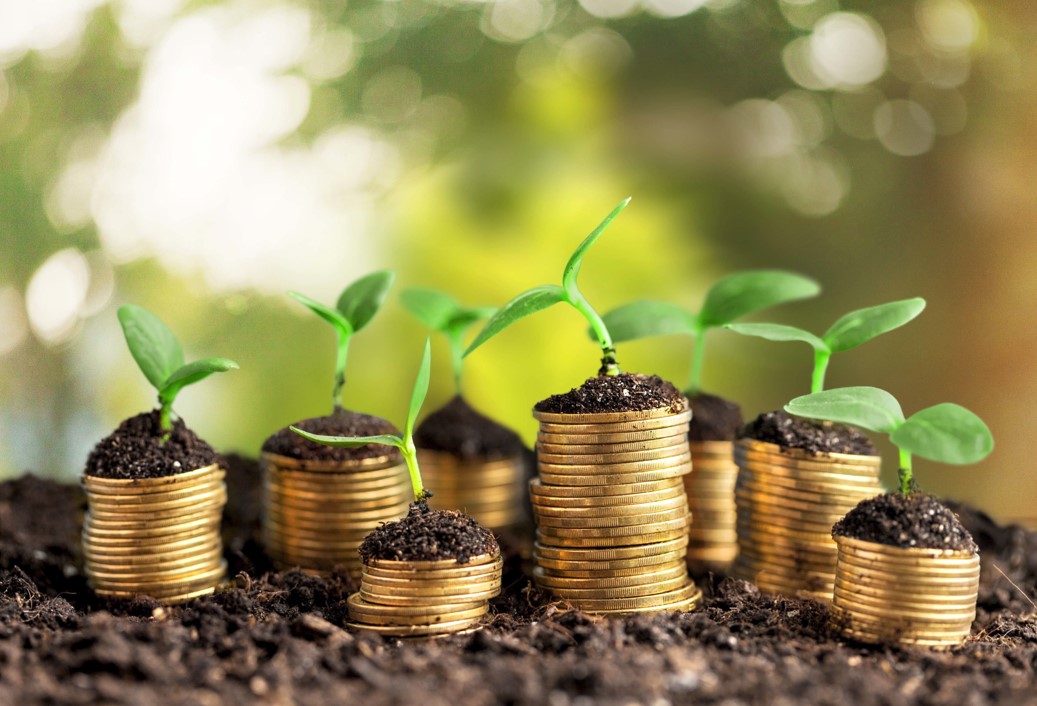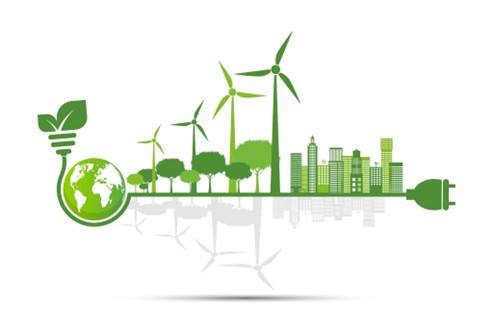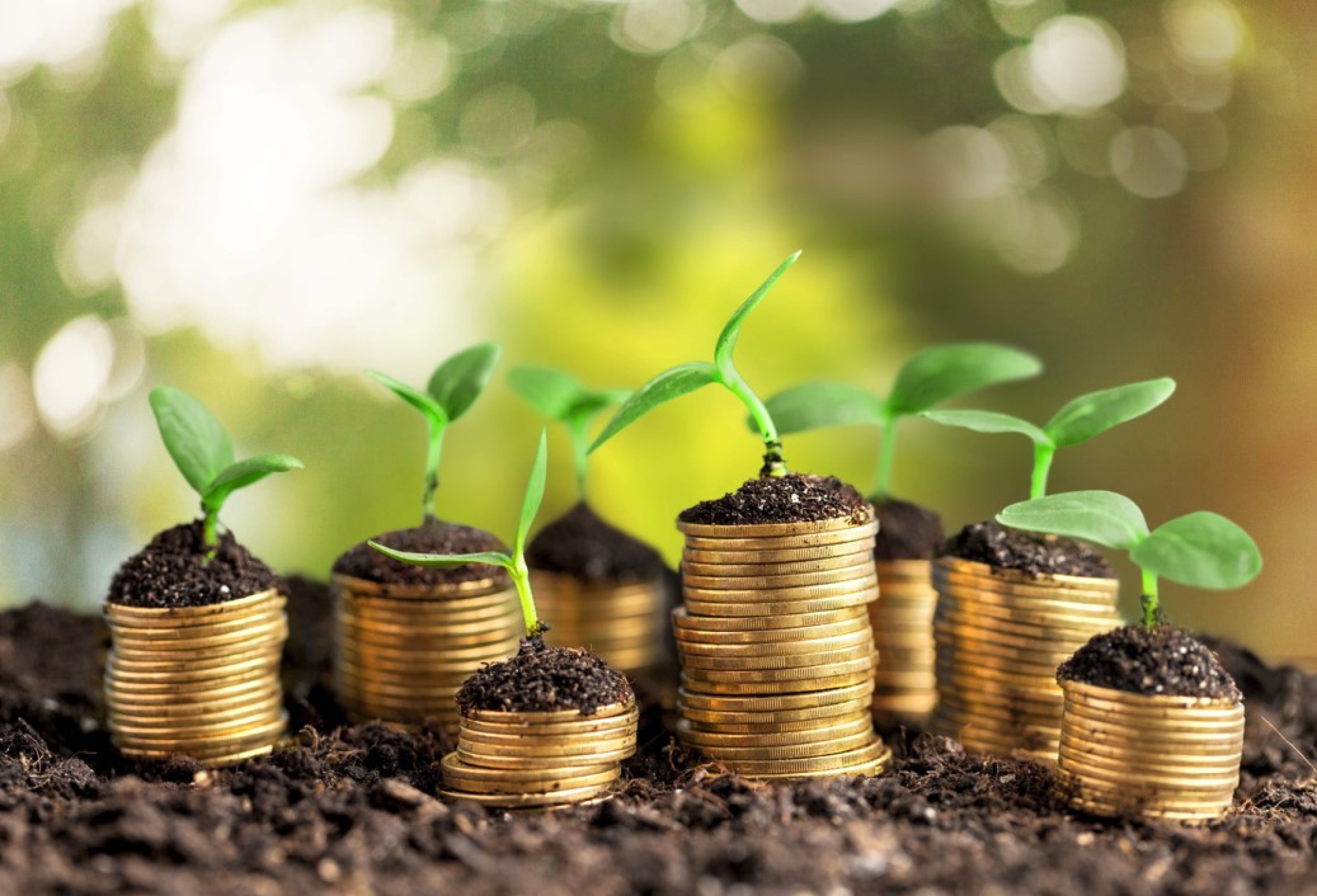Environmental sustainability and ESG (Environmental, Social and Governance) principles have gained prominence in recent years, reshaping business practices across industries.
As part of this shift, green loans have emerged as a powerful financial tool for businesses looking to align their operations with eco-friendly goals.
But what is a green loan, and how are green loans revolutionising Australian business practices?
Let’s explore the growing popularity of green loans in Australia – outlining their purpose, how they work, and how they are helping Australian businesses embrace sustainability while achieving financial success.
What is a Green Loan?
A green loan is a type of loan that is specifically used to finance projects, assets and activities that encourage a positive environmental outcome.
Such loans can fund initiatives such as installing energy-efficient systems, adopting renewable energy sources, reducing carbon emissions, or improving waste management practices.
The funds must be allocated to projects that meet predefined sustainability criteria to ensure transparency and accountability in achieving environmental goals.
Green loans are typically offered by banks and financial institutions that want to support businesses in their transition to more sustainable practices without compromising financial viability.

How Do Green Loans Work?
Green loans work similarly to traditional business loans, allowing borrowers to finance projects through monthly repayments, with options for secured or unsecured loans and fixed or variable interest rates.
However, green loans are based on the ‘use of proceeds’ (UoP) principle, meaning the funds must be allocated exclusively to initiatives with clear environmental benefits.
It is also best practice to ensure these initiatives comply with internationally recognised standards, such as the Green Loan Principles (GLP), which require transparency, ongoing monitoring, and regular reporting on their environmental impact.
What are the Green Loan Principles?
The Green Loan Principles (GLP) are guidelines that ensure green loans are used effectively to support sustainable development and environmental goals.
These principles – published by the Loan Market Association (LMA), the Asia Pacific Loan Market Association (APLMA), and the Loan Syndications and Trading Association (LSTA) – provide a framework for structuring, documenting, and reporting on green loans.
Here are the four key components of GLP:
1. Use of Proceeds: The loan proceeds must be allocated to projects with specific environmental benefits, such as renewable energy, energy efficiency and pollution control.
2. Process for Project Evaluation and Selection: Borrowers must outline the environmental objectives of the project and demonstrate how it meets defined environmental criteria. The loan agreement should summarise the project’s expected environmental impact.
3. Management of Proceeds: The proceeds of the green loan should be tracked and allocated to eligible projects, ensuring that funds are used solely for the intended environmental purposes.
4. Reporting: Borrowers are required to provide regular updates on the project’s environmental impact, typically through annual reports or other agreed-upon formats. This ensures transparency and accountability and allows stakeholders to monitor progress and results.

How to Apply for a Green Loan in Australia
There are six key steps to applying for a green business loan:
1. Identify Your Project: Identify the specific ‘green’ project you want to finance and ensure it meets the environmental sustainability criteria, such as those outlined in the Green Loan Principles.
2. Research Lenders: Research financial institutions and evaluate their loan offerings. Alternatively, consider engaging a business finance broker to help you identify the most suitable finance option and negotiate the best terms for your unique needs.
3. Prepare Your Application: Outline the environmental benefits of your project, the estimated costs, and how the funds will be used. As with any loan, you’ll need to provide financial details, such as your credit history, income and expenses.
4. Loan Approval and Terms: The lender will determine whether your project qualifies for a green loan and assess your financial ability to service the loan.
Once approved, the lender will provide you with the loan terms, including interest rates, the repayment schedule, and any reporting requirements.
5. Receive Funds: Once the loan agreement is signed, the funds may be disbursed in a lump sum or in stages, depending on the loan structure.
6. Monitoring and Reporting: Track and report the environmental impact of your project to ensure compliance with loan requirements.
The Growing Popularity of Green Loans in Australia
In Australia, green loans are gaining popularity as a financing option for businesses looking to create a positive environmental impact.
There has been a noticeable shift towards sustainability in recent years, not just as a social responsibility but as a strategic business practice that can drive long-term profitability.
This shift is fuelled by increasing consumer demand for eco-friendly products and services, a regulatory push for businesses to adopt greener practices, and stronger ESG governance.

Key Benefits of Green Loans for Australian Businesses
Green loans provide Australian businesses with the opportunity to fund sustainable projects while unlocking a range of environmental, economic and reputational benefits, including:
1. Financial Savings and Incentives
Many green loans offer lower interest rates than traditional loans, which can result in substantial savings over time.
Businesses may also be eligible for tax breaks, government grants, or other incentives to encourage green initiatives.
2. Long-Term Cost Efficiency
Although the initial investment in sustainable practices and technologies can be high, the long-term savings can be significant.
Green loans help businesses fund upgrades, often resulting in lower energy consumption, reduced waste, and operational efficiencies that reduce ongoing costs. Over time, these savings can more than offset the cost of the loan.
3. Improved Brand Reputation
Both consumers and investors are increasingly drawn to businesses that demonstrate a commitment to environmental sustainability.
By taking advantage of green loans to fund eco-friendly initiatives, businesses can boost their brand reputation, attract more customers, and differentiate themselves from competitors.
4. Increased Access to Investment
As sustainability gains momentum, investors recognise that supporting green projects not only meets market demand but also offers the potential for stronger returns in the long-run.
5. Compliance with Regulations
As environmental regulations become more stringent, businesses must stay ahead of the curve to remain compliant.
By investing in sustainability through green loans, businesses can futureproof their operations and ensure they meet regulatory requirements for energy efficiency and carbon emissions.

How Green Loans are Revolutionising Australian Business Practices
Green loans are transforming how Australian businesses approach sustainability. They provide the financial support needed to implement environmentally responsible initiatives and drive long-term growth.
1. Supporting the Transition to Renewable Energy
One of the most significant impacts of green loans in Australia has been in the renewable energy sector.
Green loans enable businesses to make meaningful investments in clean energy alternatives, from installing solar panels on commercial buildings to transitioning entire fleets to electric vehicles.
In turn, these loans are helping businesses reduce their carbon footprint while contributing to Australia’s broader transition to a low-carbon economy.
2. Encouraging Resource Efficiency and Waste Reduction
Businesses use green loans to implement practices that reduce waste, conserve water, and increase resource efficiency.
For instance, a business might secure a loan to upgrade its manufacturing processes to reduce waste production or improve water recycling. This not only creates a positive environmental impact but can also boost operational efficiency, leading to cost savings over time.
3. Helping Businesses Meet Sustainability Goals
With growing pressure from consumers and stakeholders to adopt sustainable practices, businesses are increasingly prioritising eco-friendly initiatives.
Green loans provide the financial backing for these initiatives, helping businesses achieve their sustainability targets and align with changing market expectations.
4. Boosting Australia’s Green Economy
As more businesses access green loans, they are contributing to the growth of Australia’s green economy. This trend also contributes to the growth of green bonds and other sustainable financing options.
By funding projects that reduce carbon footprints and promote sustainability, green loans are helping to accelerate the nation’s shift towards a low-carbon future.
Looking for a Green Loan in Australia?
For Australian businesses looking to embrace eco-friendly practices, green loans provide a means of financing and a pathway to a more profitable and environmentally conscious future.
At Ledge, we specialise in tailored financing solutions to help you meet your environmental targets. Get in touch today to discuss your requirements.
Please note that the information provided here is general and does not constitute financial, tax, or other professional advice. You should consider whether the information is appropriate for your needs and seek professional advice before making any decisions.





